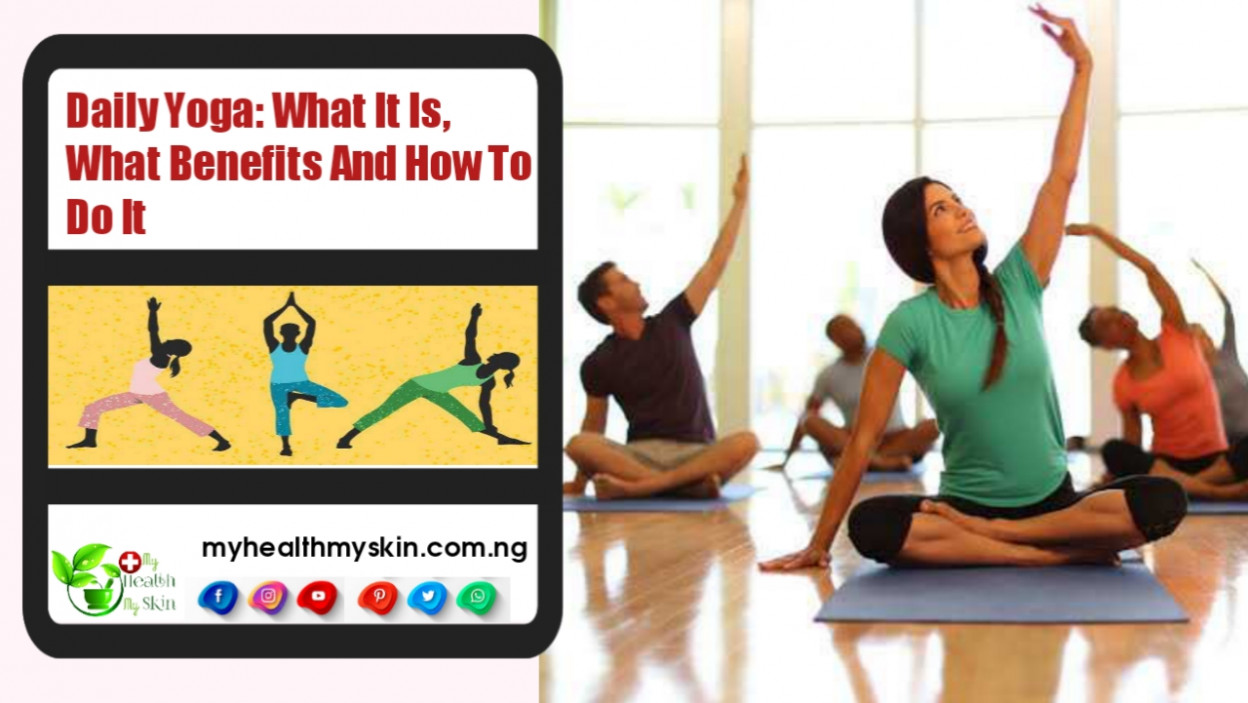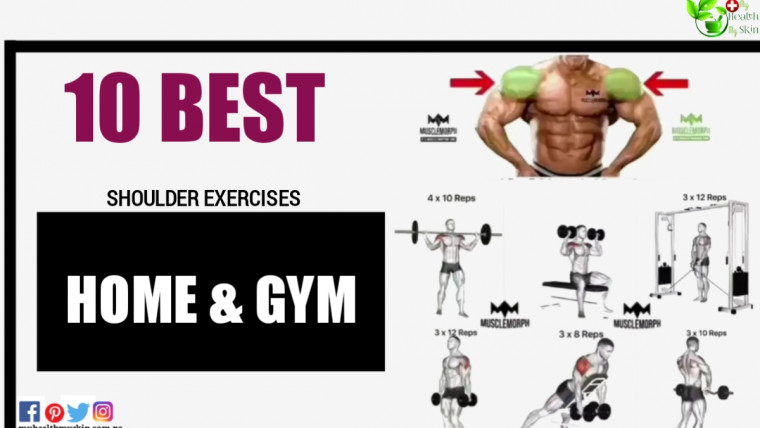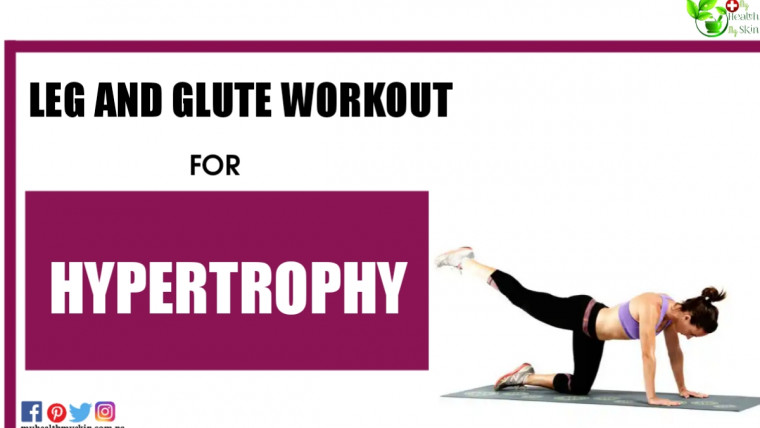Are you searching for the benefits of daily yoga? You are in the right page.
Body and mind are intertwined, and as obvious as this fact may be, it can be forgotten with routine. But one has influence over the other.
For example, a feeling can manifest itself through a posture, while body fatigue can affect the mind. The link between physical and psychic is worked out in yoga.
In practice, the set of techniques that combine positions, breathing and meditation seeks to reconnect the being with oneself or with something greater.
Stress reduction, increased body awareness, relief from chronic pain and mental balance are some of the benefits associated with the activity.
[lwptoc]
What Is Yoga
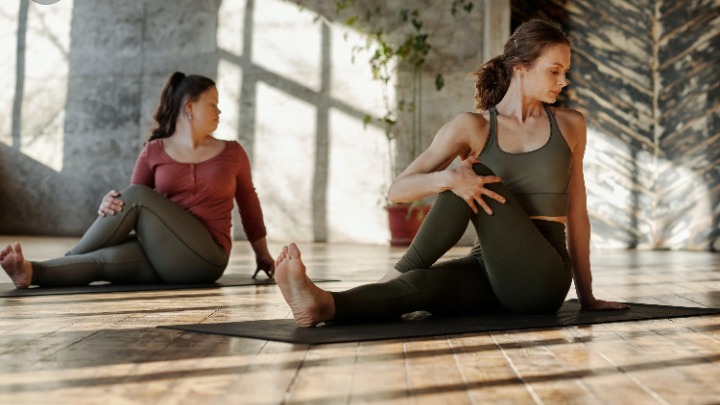
Yoga is a set of techniques that combines breathing, body positions, flexibility and meditation. There is more than one type of practice that has several different methods. But they all have the same goal: to establish a reconnection.
The type of reconnection depends on the aspect addressed, that is, it is possible to reconnect with the entity that the student considers god, as well as a connection with himself, in which the individual can focus on expanding personal perception to the world or accessing some feeling or event that afflicts you.
Types Of Yoga
The practice has some types of aspects, which differ in relation to the methods. The specialist listed the main ones. Are they:
- Hatha: also known as classical yoga, each class works on breathing control exercises (pranayamas), postures (asanas), relaxation, meditation, body contractions (bhandas), complete sets of exercises (kryias) and hand, finger and arm gestures. (mudras). The movements are smooth but vigorous.
- Ashtanga: consists of six fixed series of postures. During the class, the teacher may or may not make verbal commands to guide the students, but, as each practitioner knows their own series, it is possible for the instructor to just correct the movements. Because it is dynamic, it requires discipline, focus and resistance.
- Kundalini: the practice mixes cosmic energy (prana) with the energy of elimination (apana), generating a pressure that forces the rise of kundalini energy through the spine, where the chakras are, using breathing exercises (pranayamas), body contractions (bhandas), complete sets of exercises (kryias), in addition to postures (asanas), chanted words (mantras) and gestures of the hands, fingers and arms (mudras).
- Bhakti: also called devotional yoga, it is one of the branches of activity that preaches leading to divine communion through devotion, leading the practitioner to a state of surrender to a god or entity to whom he is devoted. The intonation of mantras, the sacred sounds of yoga, is widely used in the activity, in addition to breathing and positions.
Origin Of Yoga
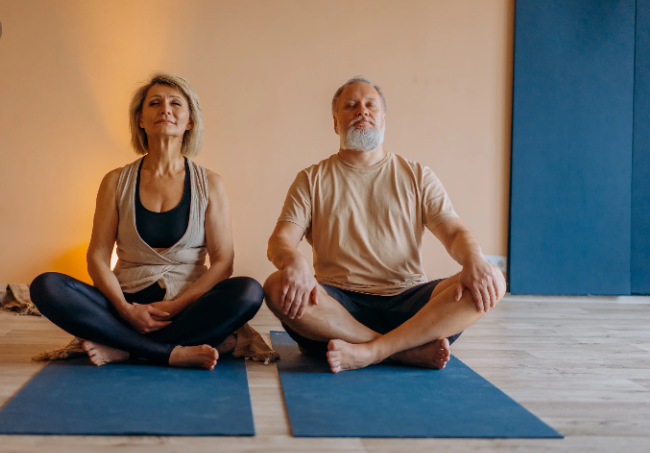
The most well-known meaning of yoga is to unite the body and mind. However, defining the exact origin of the set of techniques is difficult, since there are theorists who claim that they have existed for centuries or millennia, and have been passed from gurus to apprentices to the present day.
However, the yoga practiced in US and Canada has its roots in Indian yoga, which emerged from Hinduism, one of the oldest religions in the world. It brings together beliefs, life philosophies, cultural traditions and values, and is India’s main religion, interfering in the country’s social and political organization, and is also present in other parts of the world.
Based on the concepts of doctrine, Indian society is divided into castes, composed of: Brahmins – priests and scholars who were born from the head of Brahma; Xathrias – warriors who were born from the arms of Brahma; Vaixás – merchants who were born from Brahma’s legs; Sudras – servants, peasants, artisans and workers who were born from the feet of Brahma.
Below this social structure are those who came from the foot dust of Brahma, and are casteless. They are called outcasts, dalit or untouchables.
In Hinduism, yoga is one of the exercises practiced to reach the divine path. However, the activity could only be performed by male members of the high castes, but tantric traditions emerged and transgressed some norms.
So the version that arrived in some countries, despite drinking from the Indian source, is adapted for Western and Latino bodies and for women.
How To Make
Yoga can be performed in studios, where teachers teach students the correct way to perform exercises, breaths, mantras and gestures of the chosen method.
Classes can be formed by many individuals or by a few. However, the smaller the number of participants in a class, the more personalized and adaptable the practice will be.
It is also possible to perform the set of techniques alone, at home, or in any environment in which the interested party thinks best.
But it is necessary to be careful, since the ideal is always to be accompanied by an instructor, even remotely, as yoga can cause injuries if performed incorrectly or beyond the limits of the student.
Daily Yoga: What Are The Benefits
Practice contributes to building a stronger and more flexible body, but the results obtained in yoga depend on the practitioner’s commitment.
If the individual dedicates himself with discipline to a recurring practice, he can have a strong and flexible body, in addition to acquiring greater body awareness and a state of balance between psychic and physical.
Reducing stress, increasing concentration and the present state of consciousness, in addition to improving digestion and alignment of the spine and stride, are other positive consequences of the exercise.
For students who intend to make a connection with themselves throughout the practice, the benefits can be broader, covering emotional and mental aspects in the construction of a state of presence, acquired through the meditative process.
Meditation, by itself, already has numerous advantages, as it acts on parts of the brain that slow down the way information is assimilated, so they stop being absorbed quickly, and the student starts to understand them more carefully.
So, by combining mental elevation with the set of techniques, the practitioner can access emotions that previously existed only in the unconscious. However, the teacher warns that this process of looking at oneself may not be easy, as the person will not always find beautiful feelings.
In addition, Yoga is a process of recognizing the light and shadow aspects that exist in each one.
How To Do Yoga For Beginners
The first step for those interested in joining the practice, is to look for a teacher. The face-to-face or virtual monitoring of the exercise is considered essential by the professional, as injuries are common in beginners who perform the technique without supervision.
The most suitable type of yoga to start with is the classic, hatha, which is the most traditional and well-known, and is usually the gateway to the universe of activity.
However, the teacher emphasizes that beginners can perform any of them if they are closely watched by a professional able to guide them and who offers security.
How To Do Yoga At Home
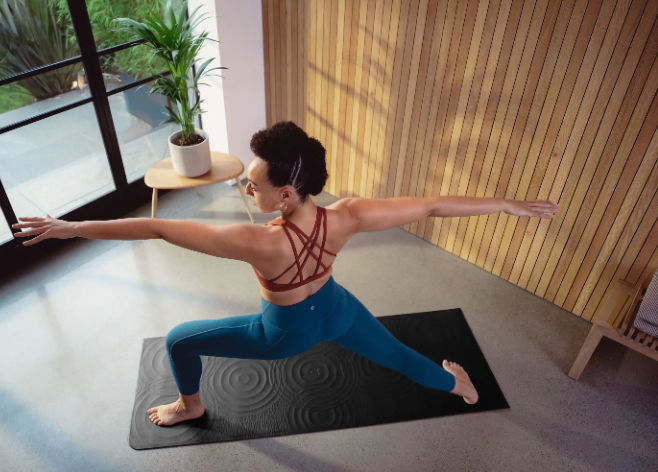
The individual who prefers to do yoga outside the studio should have some accessories to help with the exercises.
You May Also Like:
- How to Practice Yoga to Lose Weight
- 6 Tips on How to Gain Weight and Muscle Mass Fast
- L-alanine – What Is It, What Is It For, Effects And Foods
- 10 Best Triceps Exercises – Home & Gym
- Blue Waffle Disease: Is It A Real Std?
In addition to the mat, which is also called a mat, and serves to protect the joints from impacts, it is interesting to have yoga blocks, which will help to reduce the effort and protect the spine in various postures. Tapes and bands can also help, acting to gain space during stretching.
Who Can Practice
Anyone can do yoga, as long as they have the accompaniment of an instructor. Being aware of the limits of one’s own body and avoiding comparing one’s personal progress with that of other practitioners are attitudes classified as essential by the specialist.
What Is The Difference Between Yoga And Pilates
So, when developing the new exercise he brought some yoga principles, but in a more western version, aligned with a more refined perception of anatomy.
And by drinking from the source of one to idealize the other, the practices end up being similar.
The main difference between the two techniques is that Pilates is focused on the anatomical aspects of the body, being more focused on the treatment of injuries and diseases, since it is taught by health professionals, such as physiotherapists.
While yoga will work emotional and meditative aspects, from a ritual and, in most methods, with the use of mantras.
If you want to read more articles similar to Daily Yoga: What It Is, What Benefits And How To Do It? We recommend you visit our Fitness category. Share on your social networks and stay tuned for upcoming articles.
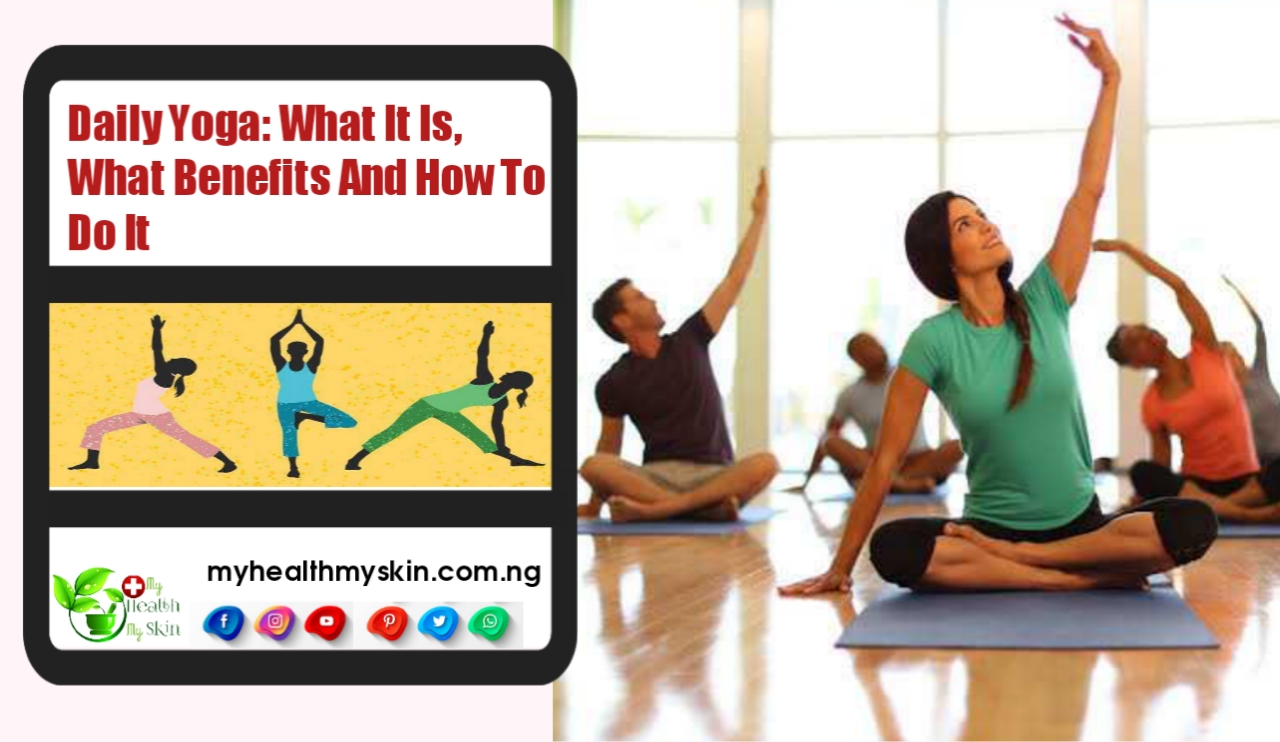
Do You Do Yoga Before Bed? What Time Do You Practice The Activity? Comment Below!

